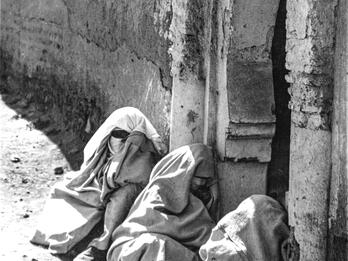Abraham
Barnett Newman
1949
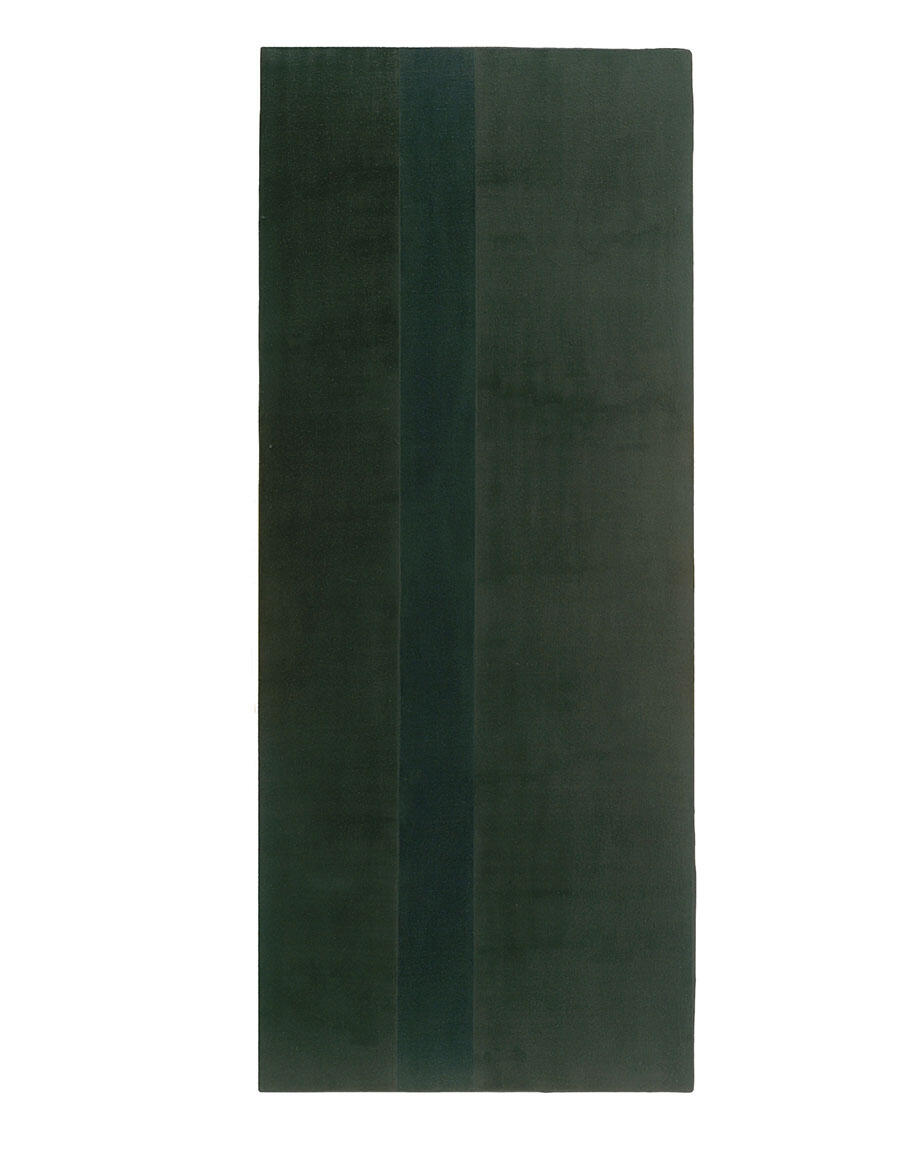
Creator Bio
Barnett Newman
Born Baruch Newman in New York, Barnett Newman’s massive-scale color-field paintings earned him a revered spot among New York’s abstract expressionists. After studying at the Art Students League in the 1920s, Newman destroyed all of his then-existing work and abandoned painting for a year in 1939, only to reemerge from this hiatus with a new approach to abstract painting. Newman’s artwork became increasingly existential and philosophically driven. His canvases are notable for their large swaths of color that are bisected by a vertical band. These austerely geometric paintings, though initially met with criticism, greatly influenced his contemporaries and the subsequent generation of abstract artists, establishing his reputation as one of the most important abstract expressionist painters.
Related Guide
Visual and Material Culture in the Mid-Twentieth Century
Jewish visual art flourished and diversified in the postwar period, reflecting the social and political transformations taking place in the world.
Places:
You may also like
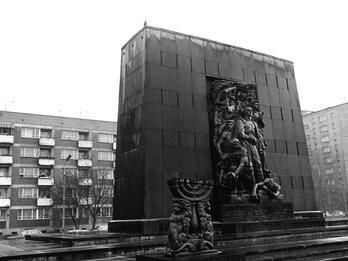
Warsaw Ghetto Memorial (Warsaw, Poland)
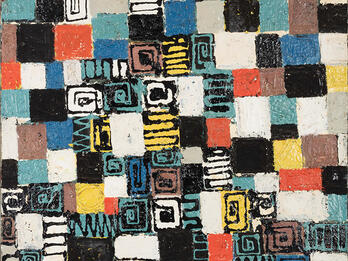
Untitled
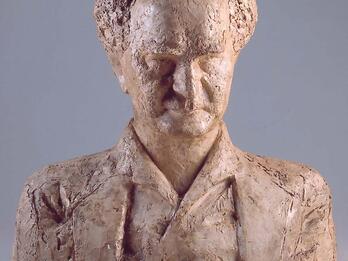
Sculpture of Ben-Gurion
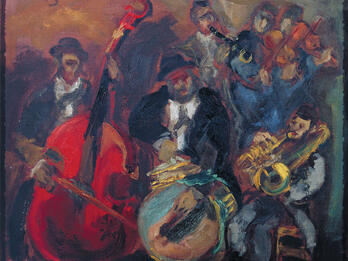
Orchestra
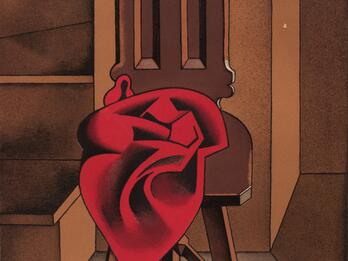
Chair with Red Matter
